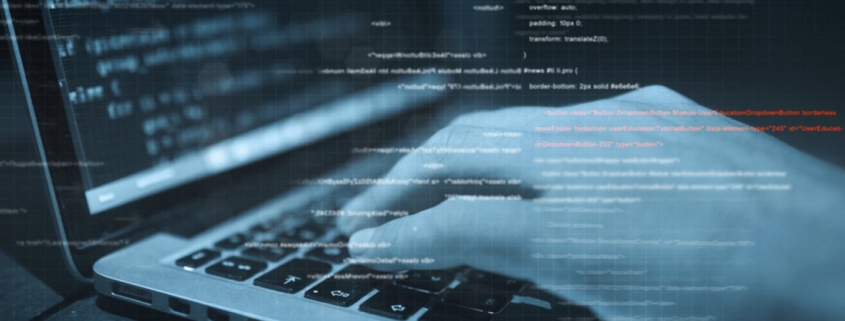So. California Counties Fight Millions of Hacking Attempts
(MCT) — Imagine a wall around your house.
Now imagine someone trying to breach it 411,000 times a day.
That’s what Riverside County’s government deals with 24/7 while protecting a $6.9 billion budget and a mountain of sensitive data from hackers. San Bernardino County, which has a $7.6 billion budget, is also inundated by cyber intruders, although officials there were reluctant to put a figure on the volume of attacks their county faces.
“This is a way of life now where people are trying to find vulnerabilities and exploit those vulnerabilities,” said Tony Coulson, a professor of information and decision science at Cal State San Bernardino and director of its Cybersecurity Center.
“It is better than robbing a bank … You can steal 100 credit cards, put them on the dark web and sell them for hundreds of dollars each and probably never get caught.”
In a presentation to Riverside County supervisors in September, Anthony Chogyoji, the county’s chief information security officer, said the county’s cybersecurity center watches for threats around the clock. County spokesperson Brooke Federico declined to reveal the center’s location.
“In 2020 alone, (the county’s IT infrastructure) prevented over 150 million cyber attacks on our network and stopped over 40 million spam, phishing and infected emails from reaching our 23,000 employees,” Chogyogi said in a brief video aired at a Board of Supervisors meeting.
In San Bernardino County, “cyberattacks occur consistently throughout the day – every second of a day, which are typically unsuccessful attempts,” Robert Pittman, the county’s chief information security officer, said via email.
There’s no shortage of money or data in county government.
Besides overseeing billions in federal and state funding and local tax revenue, Riverside and San Bernardino counties handle everything from building permits and marriage licenses to applications for public benefits, medical records and voter registration data in a region of 4.5 million people.
Large-scale cyberattacks, like the one that temporarily shut down a southeastern U.S. oil pipeline in May, make…





